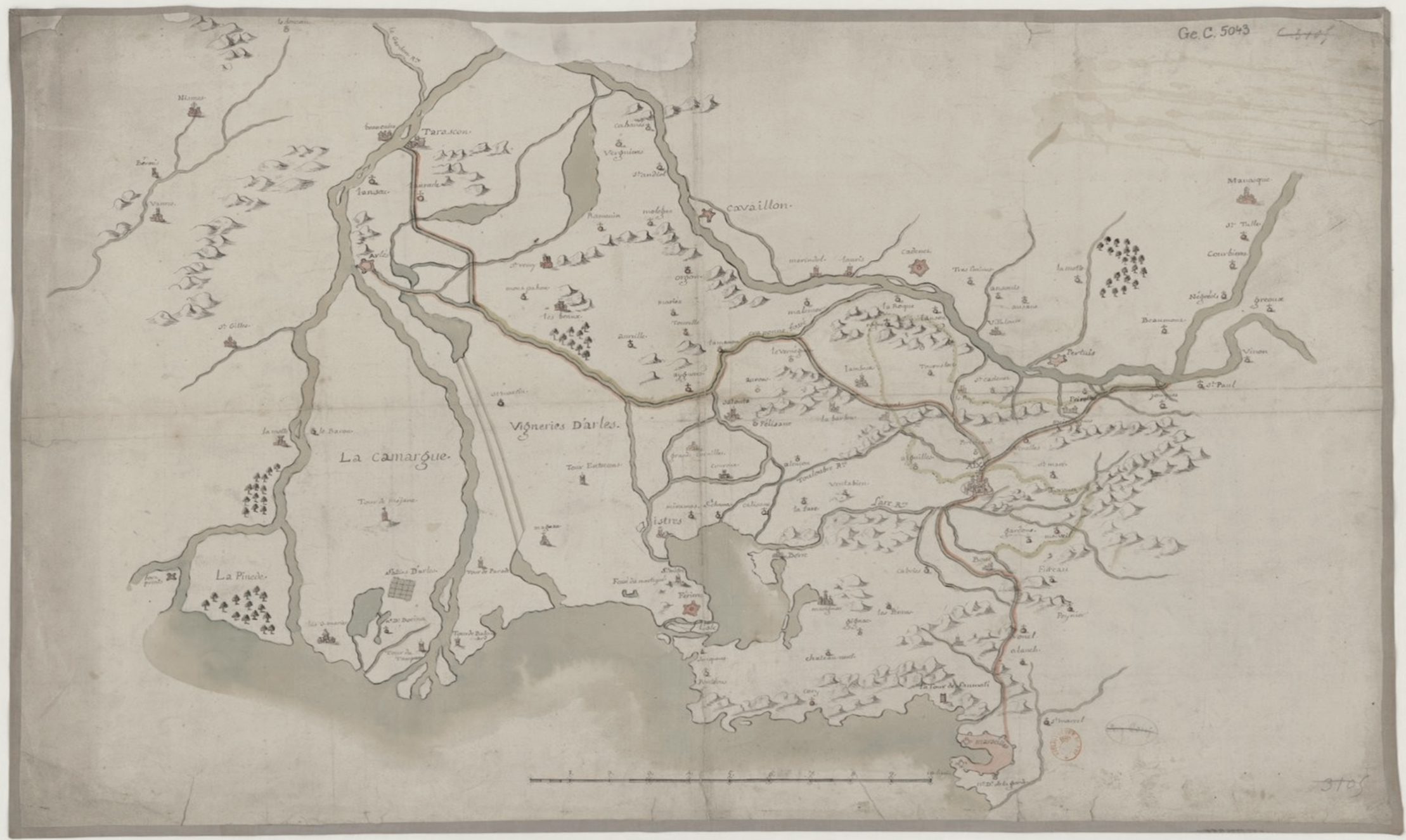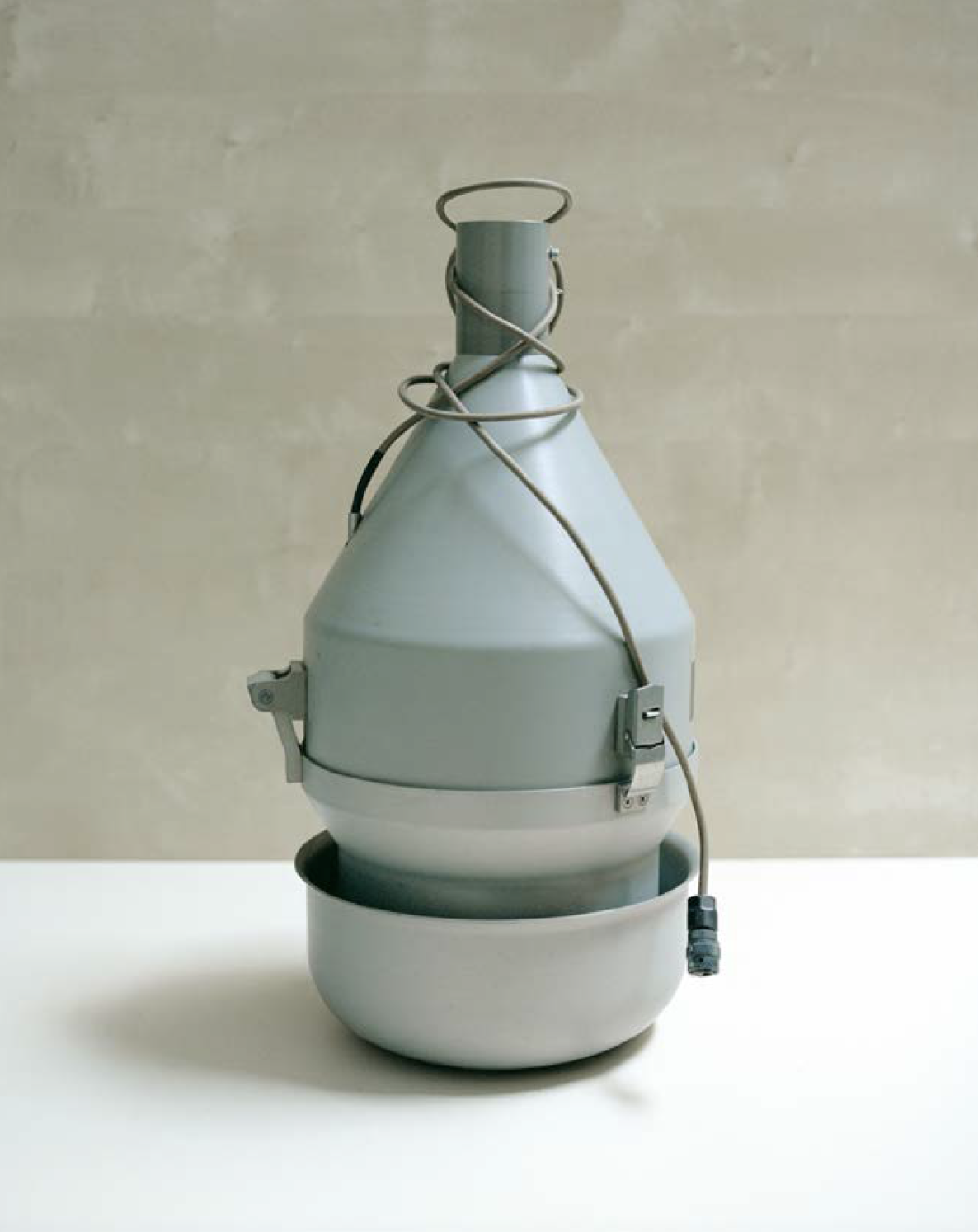THREE MOVEMENTS
First movement
(slow tempo)
I. THE WETLANDS
II. THE HABITAT - Act I 'The Drowning’
III. THE NEST
IV. THE GUARD At the centre
Middle movement
(fast tempo)
V. THE PORT - where deltas meet
Towards the end
(return to slow tempo)
VI. THE HABITAT - Act II 'The last one’
VII. THE TOOL
VIII. THE FIGHT
THREE MOVEMENTS
First movement
(slow tempo)
I. THE WETLANDS
II. THE HABITAT - Act I 'The Drowning’
III. THE NEST
IV. THE GUARD At the centre
Middle movement
(fast tempo)
V. THE PORT - where deltas meet
Towards the end
(return to slow tempo)
VI. THE HABITAT - Act II 'The last one’
VII. THE TOOL
VIII. THE FIGHT
(slow tempo)
I. THE WETLANDS
II. THE HABITAT - Act I 'The Drowning’
III. THE NEST
IV. THE GUARD At the centre
Middle movement
(fast tempo)
V. THE PORT - where deltas meet
Towards the end
(return to slow tempo)
VI. THE HABITAT - Act II 'The last one’
VII. THE TOOL
VIII. THE FIGHT
I. THE WETLANDS
On wet ground, I feel like I am in my lowlands again, born out of the delta.
I become once again that fluid, volatile material, carried and deposited by the current.
From one critical zone to another, my notebooks
in the Rhône and Durance deltas are so many fine sedimentary layers
intimately intertwined. Notes, reflections, photographs and videos form a single ecosystem.
In my own way, I too do the work of the delta:
they are called the deltawerken in my native tongue.






Roman structure of the wetlands, first mass industralisation with the Canal of the Roman General Gaius Marius,
it would later disappear between Arles and Fos-Sur-Mer.
Here lay the lowest lands of France. Later to become the biggest industrial port of the Mediterranean.
Screen capture of Otello and his iron rod, who found the Roman Canal that had disappeared,
the first mass portuary industrialisation of a wetland, with his own instruments.
SIPKES. Silver Print. 20 x 30. Instrument of Eco Citizin meassurement for portuary territory, device capturing trace elements.
SIPKES. Pigment print, 30 x 20. Eels bein, monitoring of habitat health.